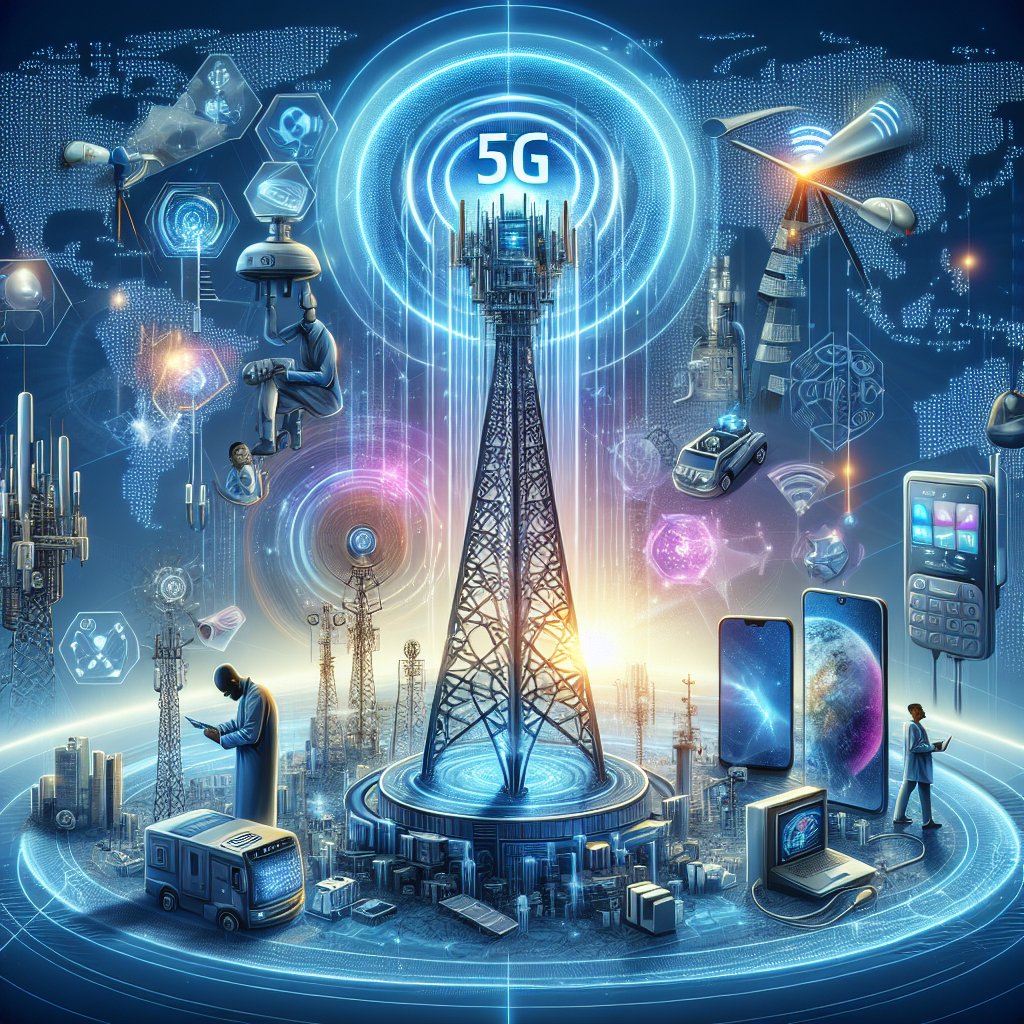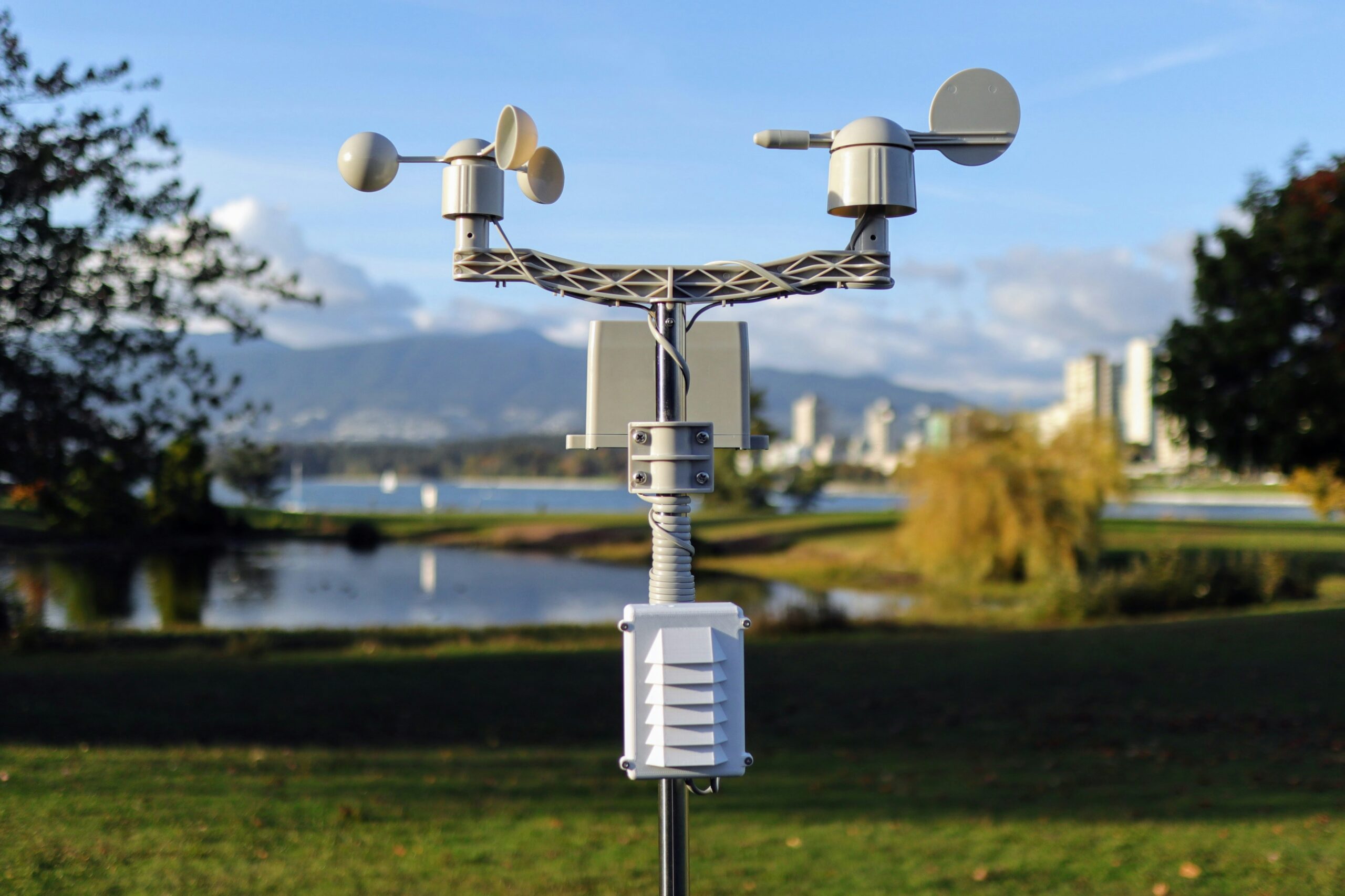For years, tech experts predicted that 5G technology would be the catalyst for a new era in digital connectivity. Now, in 2025, we are living in that transformation. 5G—short for fifth-generation wireless technology—is doing much more than just making your smartphone internet faster. It’s fundamentally changing how devices connect, businesses operate, and digital ecosystems evolve.
This article explores the real-world impact of 5G on connectivity, its use cases across industries, and what it means for the future of our hyper-connected society.


What is 5G Technology?
5G technology is the latest advancement in wireless mobile networks, offering massive upgrades in three main areas:
- Speed: Up to 100x faster than 4G LTE.
- Latency: Reduced to 1 millisecond or less, enabling real-time communication.
- Capacity: Able to connect millions of devices per square kilometer.
But 5G is more than a technical leap. It’s a foundational platform that supports everything from self-driving cars and smart cities to immersive AR/VR and remote surgeries.
Faster, Smarter Mobile Experiences
One of the most immediate and visible benefits of 5G technology is for mobile users. Streaming 4K video, downloading large files in seconds, and enjoying lag-free gaming are now everyday realities.
Key Advantages:
- Seamless video conferencing for remote work and education.
- Faster loading times for websites and apps.
- Better performance in crowded areas like stadiums or city centers.
As more carriers roll out nationwide 5G coverage, mobile experiences are shifting from simply “faster internet” to always-connected, always-on services that enhance productivity and entertainment.
Smart Cities Powered by 5G
Urban infrastructure is being transformed by 5G technology. Cities are using the technology to improve public services, optimize traffic, and increase safety through real-time data collection and automation.
Examples include:
- Traffic lights that adjust based on congestion patterns.
- Connected streetlights that dim when not needed to save energy.
- Emergency response systems with real-time surveillance and communication.
Cities like Seoul, Singapore, and Amsterdam are already integrating 5G technology into their smart city frameworks, using data to drive smarter decision-making and sustainability.
Revolutionizing Healthcare with Remote Technology
In healthcare, 5G technology enables innovations that were previously limited by speed and latency constraints.
Game-changing applications:
- Remote surgeries performed via robotic arms controlled by surgeons miles away.
- Telemedicine with HD video consultations and instant diagnostics.
- Wearable health devices that monitor patients in real time and alert professionals in emergencies.
By combining 5G technology with IoT and AI, healthcare systems can become more efficient, patient-centric, and proactive.
Autonomous Vehicles and Transportation Systems
Self-driving cars rely on rapid data exchange with nearby vehicles, traffic infrastructure, and cloud-based systems. 5G’s ultra-low latency is the enabler for vehicle-to-everything (V2X) communication.
How 5G technology fuels autonomous driving:
- Real-time traffic updates and route optimization.
- Instant communication between vehicles to avoid collisions.
- Remote diagnostics and over-the-air software updates.
As automotive companies like Tesla, Ford, and BMW expand their connected vehicle capabilities, 5G will play a key role in making autonomous transportation safe and scalable.
Industrial and Manufacturing Automation
The fourth industrial revolution—Industry 4.0—is accelerating thanks to 5G. In factories and warehouses, machines, sensors, and robots are now connected via private 5G networks, allowing for precision control and minimal downtime.
Use cases in manufacturing:
- Predictive maintenance using real-time sensor data.
- Autonomous mobile robots (AMRs) for inventory management.
- Digital twins—virtual replicas of machinery for simulations and improvements.
Companies like Siemens, Bosch, and Ericsson are leading the charge in integrating 5G into industrial ecosystems to boost efficiency and reduce costs.
Empowering Augmented and Virtual Reality
5G unlocks the full potential of AR and VR, enabling immersive experiences that were previously hampered by bandwidth and latency limits.
Applications include:
- Virtual training for healthcare, engineering, and military professionals.
- AR navigation and in-store shopping assistance.
- VR-based education that transports students to historical sites or scientific simulations.
These technologies are becoming more mainstream in 2025, powered by 5G’s ability to handle high-resolution data streams with zero lag.
Enabling the Internet of Things (IoT) at Scale
5G’s ability to handle millions of devices per square kilometer is critical for the Internet of Things. Whether it’s in homes, farms, factories, or cities, IoT devices require constant connectivity to function effectively.
Examples:
- Smart agriculture with soil sensors and automated irrigation.
- Connected appliances that optimize energy use.
- Logistics tracking with real-time location updates.
This scale of connectivity allows ecosystems to self-regulate and self-optimize, reducing waste, improving safety, and saving time.
Challenges and Considerations
Despite the promise, 5G isn’t without its challenges:
- Infrastructure cost: Rolling out 5G requires major investment in base stations and fiber optics.
- Security risks: A highly connected network is also more vulnerable to cyberattacks.
- Health concerns: Though unfounded by science, public fears around 5G radiation still exist in some communities.
Governments and tech companies must address these issues through clear communication, robust encryption, and transparent policies.
What the Future Holds
Looking ahead, 5G will be the backbone of technologies like 6G, AI-driven automation, and fully virtual workplaces. The next phase of 5G adoption will likely involve network slicing—allowing telecom providers to deliver customized connectivity for specific industries or applications.
As 5G becomes more pervasive, its influence will be felt not just in tech-heavy industries, but in everyday life—from how we communicate and travel to how we work and learn.
Final Thoughts
The rollout of 5G is not just a technological upgrade—it’s a global transformation in how we connect with the world around us. From faster mobile speeds to smart cities and autonomous vehicles, 5G is at the center of the next digital revolution.
While the full potential is still unfolding, one thing is clear: 5G is not just about speed—it’s about enabling possibilities that were once science fiction. As we step further into this hyperconnected future, 5G will continue to redefine what’s possible in every aspect of life and industry.


Leave a Reply